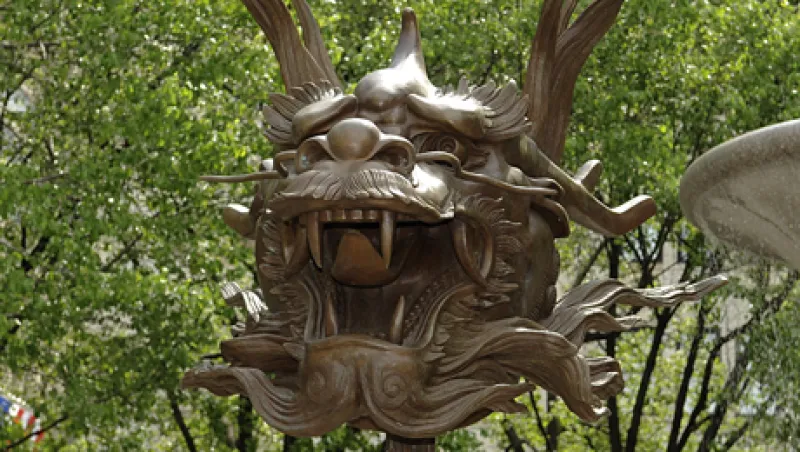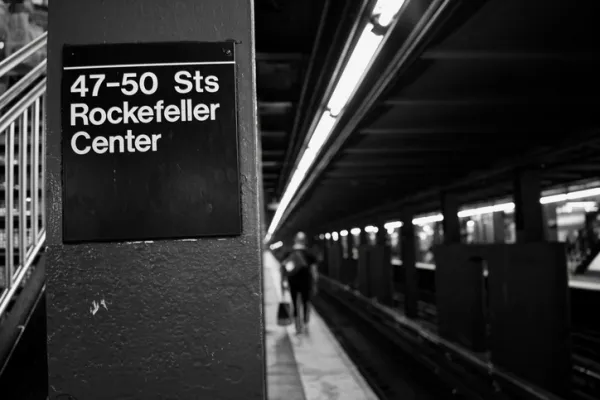London hedge fund giant Sloane Robinson learned the hard way last year that investors aren’t buying the idea that China can avoid a sharp downturn. Five of the firm’s six major portfolios within its Global Fund lost between 17.3 percent and 24.3 percent in 2011, according to a year-end letter sent to clients, and a blithely bullish bet on China was a big reason why.
In the letter, the firm, which now manages $5 billion, down from $8.1 billion under management at the beginning of 2011 and $15 billion at the end of 2007, blamed what it acknowledged was “very poor performance” on three factors — the aftermath of the March Japanese earthquake, an insufficient number of defensive investments and “a rosier view of China than has been warranted.”
Sloane Robinson has long believed that China will avoid a hard landing in its economy and that a de-rating in its equity markets is unjustified. “The market has, so far, taken a different view,” it conceded in the letter.
Last year’s woes came on the heels of declines in most of its funds in 2010 and large losses in 2008.
Sloane Robinson has mostly operated below the radar in the U.S. since Hugh Sloane and George Robinson co-founded the firm in 1993 because most of its investments are made outside of the U.S., primarily focused on long/short equity in emerging, Pacific and European markets.
The firm takes a long-short approach but is usually net long. In an interview with a newsletter published by Schroder Investment Management in 2010, CIO Richard Chenevix-Trench said the firm aims for above average real capital returns by “participating as fully as possible in market upside, while preserving capital during periods of uncertainty.”
Going all out for upside backfired badly last year, when the S&P was flat, Europe was down 11 percent and emerging markets were down 18 percent.
At year end, Sloane Robinson’s largest total exposure was to Asia, accounting for 55 percent of assets, including longs, shorts and indexes. “It is surprising that emerging markets performed so much worse than even Europe,” Sloane Robinson lamented in its report. It offered two possible explanations. First, it said an increasing number of policy makers — in Brazil, India, and Indonesia, to name three — have been lax in tackling inflation.
More importantly, Asia in particular, and in contrast to the West, has invested for growth and is thus more vulnerable to a slowdown in global growth expectations. “While market weakness has discounted a great deal of the poorer prospects for global growth, it has to be acknowledged that the problems that have created the erosion in growth expectations are largely unresolved,” it added in its letter, citing “Asia’s reluctance or inability ... to move towards more evenly balanced growth.”
Looking ahead, Sloane Robinson told clients it is currently retaining modest market positions and it is hedged in favor of the dollar. Yet it acknowledged that it has a “clear predisposition to be bullish of China.”
And while it said it expects the portfolio to remain “less than fully invested” primarily because of concerns surrounding the ongoing global equity bear market, the firm expects to return to its previous stance once those concerns subside. “Once appropriate, we expect Asian demand related exporters to be among the first investment areas for strategic expansion in balance sheet exposure,” it said.
A spokesman says in general the firm is more bullish on the U.S. than on Europe, though it is confident recent measures taken in Europe to inject liquidity into the banking system will stave off the collapse that many feared last year.
It believes Europe will probably continue to struggle, with austerity spreading from there to the United States. “We are therefore likely to continue to take a defensive stance until a path towards resolution of the debt issues of the West is clearer,” the hedge fund told clients in the letter.







